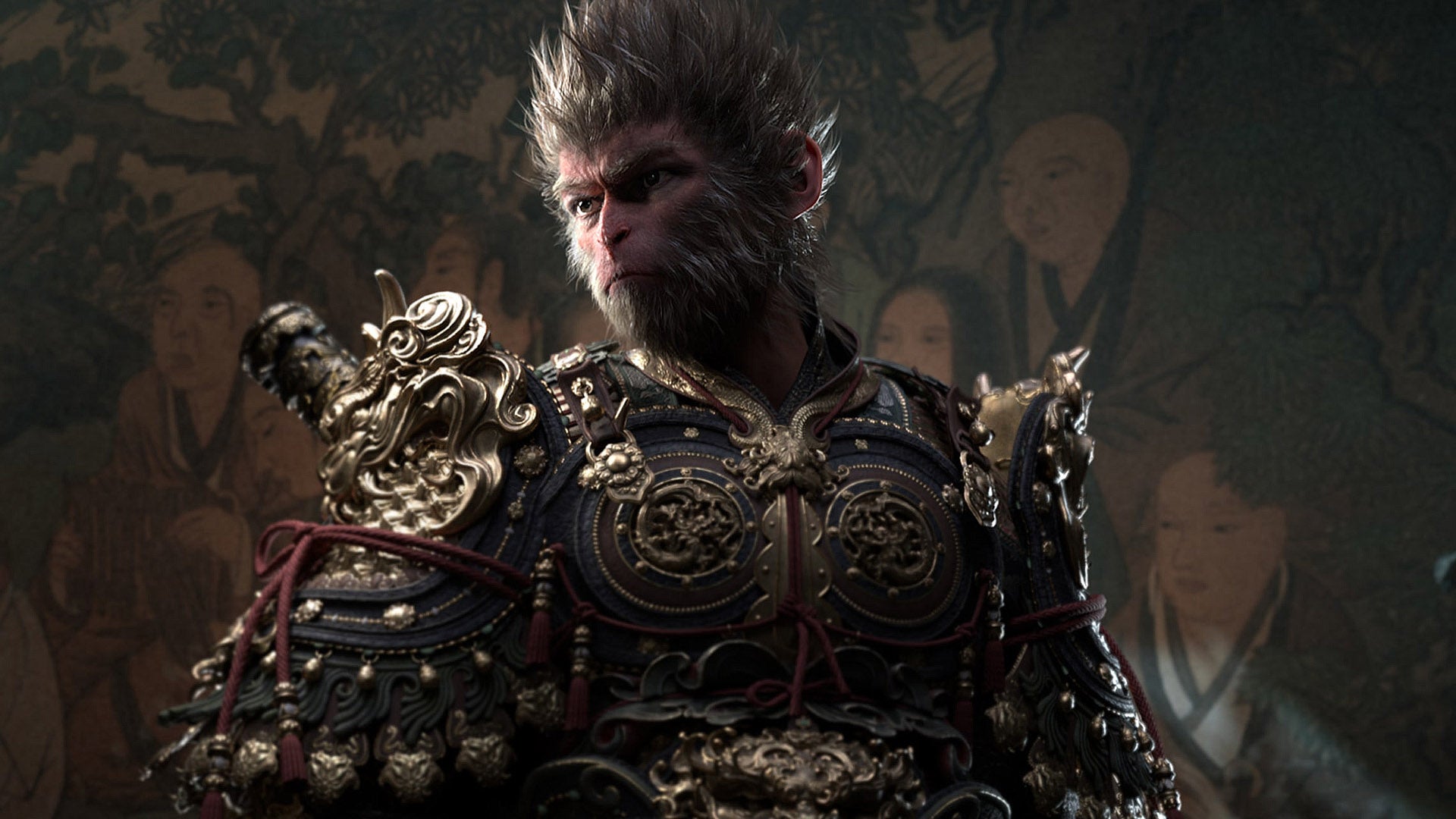Black Myth Wukong was a phenomenon. The UE5-powered action epic sold millions of copies when it launched earlier this year, impressing with its fast gameplay and sophisticated visuals. However, its configuration on PS5 left something to be desired, employing bizarre frame-rate locks and frame generation with a 30fps base frame-rate. Developer Game Science has addressed at least some of those issues as of the latest patch – and the studio has also added PS5 Pro support, using PSSR to improve image quality for Pro players. So is the console version finally in reasonable shape? And should we expect any issues from the Pro upgrade?
Let’s start by taking a quick look at the patched PS5 code. The most obvious superficial change here is that there is a sharpening slider now. With no sharpening applied, the image looks soft but relatively free of aliased edges. Dialing it up to five, which is the default, gives the image a look that is pretty typical for lower-res current-gen console titles. Ramping up the slider to 10 provides maximum crispiness, for players who want to max out on local contrast. Compared to the launch code, a value of about seven matches the base PS5 in its performance configuration.
Outside of the sharpness tweak, the most obvious visual change is that the game’s Lumen GI presentation is slightly altered. There’s more obvious occlusion present in certain parts of the game world, essentially. The shadow maps sometimes appear slightly different as well. The other modes also have some GI differences relative to the launch code, though they are affected less obviously.
Other visual settings appear similar, at least in my tests. That includes resolution, which remains at 1080p internally, with no apparent upsampling to a higher output resolution. Frame-gen is, unfortunately, still a reality here, and performance is generally similar in my tests as well, usually holding 60fps fairly well. The game’s intro runs with frame-gen disabled and mostly hangs in the 40s and 50s, and there are some occasional dips during other segments as well. I suspect the game may be disabling frame-gen during especially sudden changes in camera position, which is likely the source of some of these dips. Whichever way you slice it, basing a performance mode on frame generation – which impacts input lag – is not a great fit for a fast action game running at only 60fps – and it’s likely not even necessary for 60fps gameplay, as we demonstrated in tests a few months ago. Lean more heavily on FSR or TSR and a reasonable 60fps experience should be achievable, even on the PS5’s CPU and GPU.
